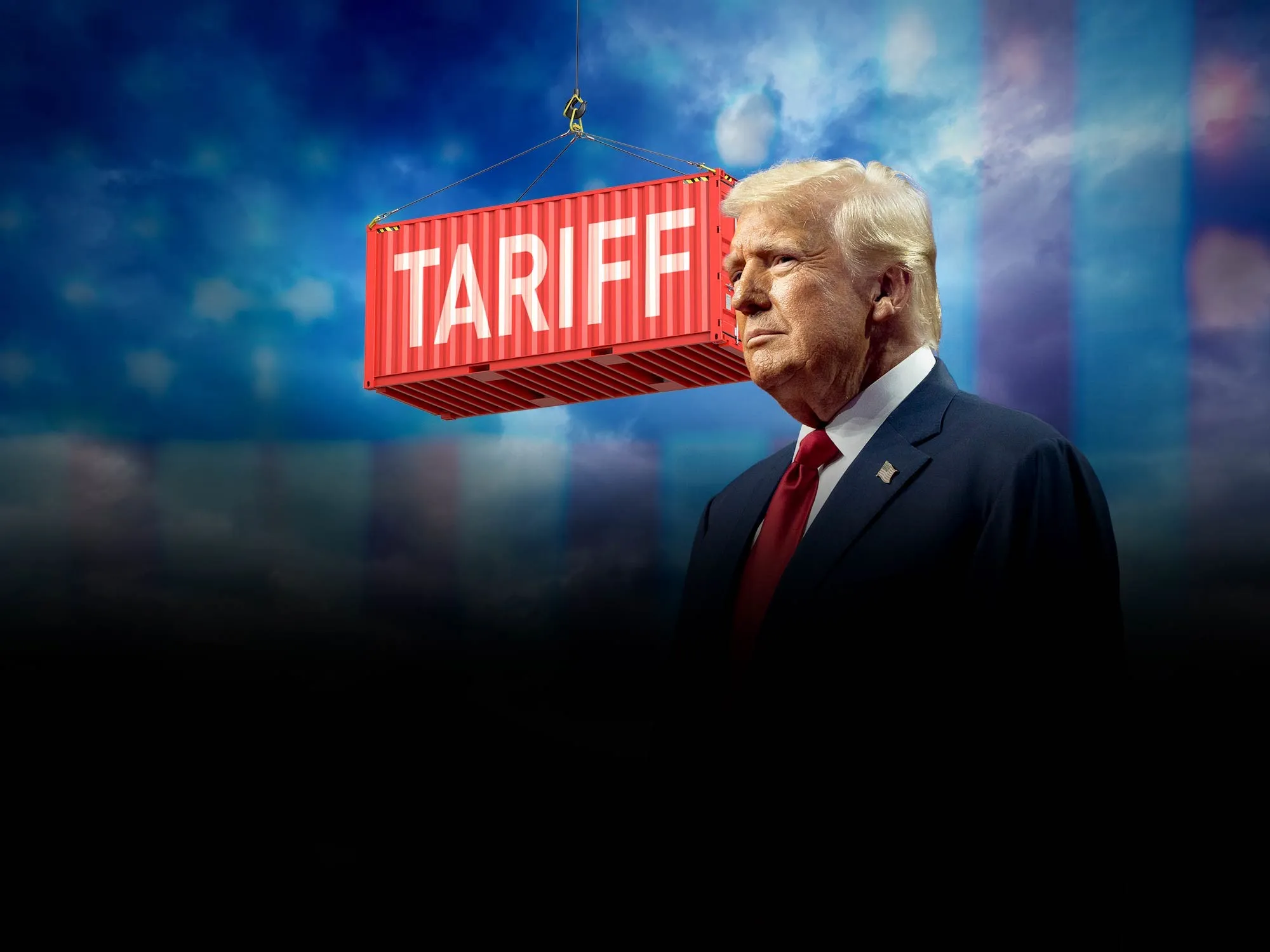Trump’s Tariff Policy: Its Impact on the Global Economy and Growing Countries Like India

The global economy is deeply interconnected, and any shift in U.S. trade policy —especially one involving tariffs—has widespread repercussions. With Donald Trump making headlines about his stance on increasing tariff rates, the world is once again preparing for potential trade disruptions. While developed nations have their strategies in place to counterbalance such policies, growing economies like India face unique challenges and opportunities.
Understanding Trump’s Tariff Strategy
Trump has consistently advocated for higher tariffs as a means to reduce the U.S. trade deficit and boost domestic manufacturing. His administration previously imposed heavy tariffs on Chinese goods, steel, aluminum, and even European auto exports. If re-elected, Trump has hinted at a 10% tariff across all imports, which could significantly alter global trade dynamics.
The objectives behind Trump’s tariff policies include:
- Protecting U.S. industries from foreign competition
- Reducing the trade deficit by discouraging imports
- Pressuring countries like China to negotiate trade agreements on American terms
- Boosting domestic employment by encouraging U.S. companies to manufacture locally
While the U.S. economy might see some short-term gains, the long-term global impact could be significant, particularly for emerging economies like India.
How Trump’s Tariffs Could Affect the Global Economy
- Disrupted Supply Chains – Higher tariffs mean higher costs for manufacturers relying on global supply chains, potentially leading to slower economic growth.
- Inflationary Pressures – Consumers in the U.S. and other countries may experience price hikes as businesses pass on higher import costs.
- Trade Wars and Retaliatory Tariffs – Other nations might respond with their own tariffs, escalating global trade tensions and reducing market stability.
- Reduced Global Trade Volume – Countries dependent on exports, especially developing ones, may face reduced demand.
- Shift in Trade Alliances – Countries affected by U.S. tariffs could strengthen trade relations with alternative partners like China, the EU, or ASEAN.
Challenges for India
- Higher Export Costs: If the U.S. imposes broad-based tariffs, Indian exports (especially in IT services, pharmaceuticals, and textiles) could become more expensive and less competitive in American markets.
- Supply Chain Disruptions: India relies on raw materials and intermediate goods from global sources. If tariffs increase costs for these imports, domestic production might slow down.
- Impact on the Indian Rupee: A stronger dollar due to reduced imports could lead to currency depreciation in emerging markets, increasing inflationary pressures in India.
- Uncertainty in Global Markets: Trade wars create volatility in financial markets, impacting investor confidence in Indian stocks and FDI inflows.
Opportunities for India
- Strengthening Local Manufacturing: If global companies seek alternatives to U.S.-China trade routes, India could emerge as a favorable destination for manufacturing and exports.
- Boost in Domestic Trade Agreements: India can capitalize on the shifting global supply chains by forming stronger trade alliances with the EU, ASEAN, and other emerging markets.
- Attracting Foreign Investments: Companies looking to diversify their production hubs outside China may view India as a viable alternative due to its large workforce and improving business environment.
- Potential for Growth in Services Sector: Unlike goods, India’s IT and service exports might be less affected by tariffs, providing an opportunity for growth in software and digital services.
Conclusion: A Balancing Act for India and Other Growing Economies
Trump’s tariff policies, if implemented aggressively, could create challenges for global trade, but they also open doors for strategic shifts in emerging economies like India. By enhancing domestic manufacturing, diversifying trade partnerships, and strengthening economic policies, India can navigate these challenges effectively.
While protectionist policies may slow global growth in the short term, adaptability and resilience will determine how well growing economies like India thrive in the changing landscape of international trade.


